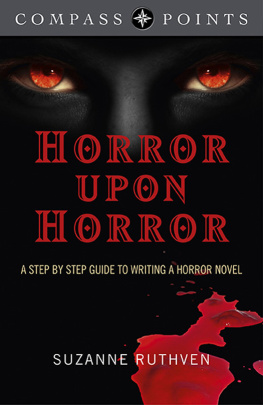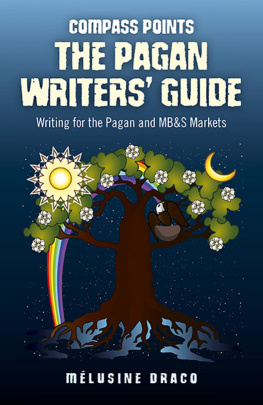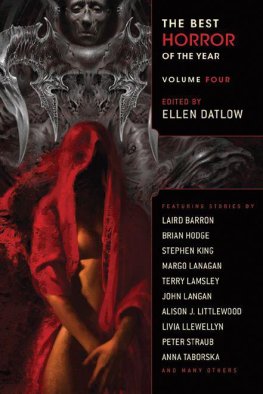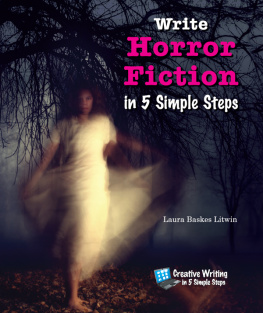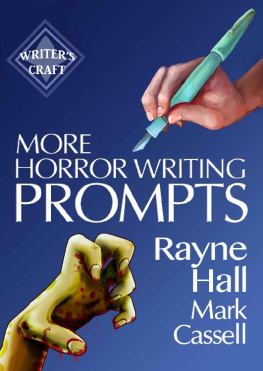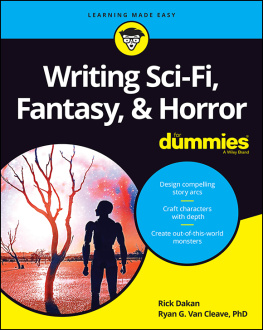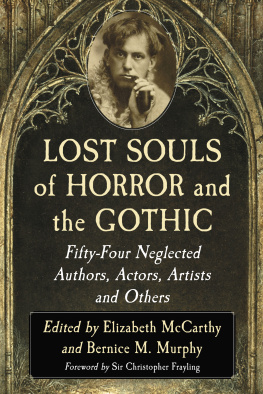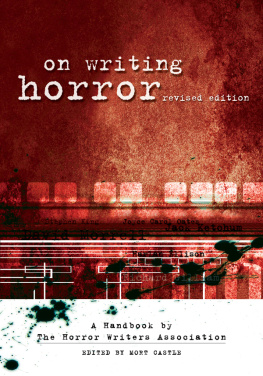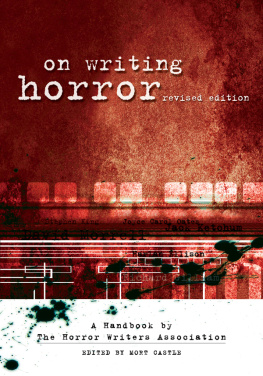Suzanne Ruthven is a former member of the now late lamented Gothic Society, a regular contributor to its magazine Udolpho during its lifetime, and author of the horror novel, Whittlewood. On a more respectable level she is commissioning editor for Compass Books, the writers resource imprint for John Hunt Publishing. Her latest offering in the horror genre is House of Strange Gods, due for publication in 2014.
Chapter One
Tales of the Dead
The time has come to talk of terror and horror, observed the academic authors of In Search of Dracula, Dr Raymond McNally and Professor Radu Florescu. Strictly speaking they are two different things but, of course, we seldom speak strictly! Both are responses to the frightful thing, person, deed or circumstance. But terror is the extreme rational fear of some accepted form of reality, whereas horror is extreme irrational fear of the utterly unnatural or the supernatural. Moreover, there is realistic horror the unnatural or supernatural fright presented in the guise of the normal. Terror is also the dread of the use of systematic violence; horror the dread of something unpredictable, soothing that may have a potential for violence.
In many instances, however, our concept of a favourite horror story comes from a screenplay rather than the original novel, which is a completely different discipline. Many a reader has received a shock when discovering that the novel (often read after a cinema or television success), is a drastic departure from the film version. Characters are merged or omitted altogether; locations are altered; new scenes are invented for dramatic impact; and in a large number of cases, the ending is nothing like the novelists conclusion to the story. Novels are frequently adapted for films and frequently include material that was not part of the original narrative but a film is a film, and a novel is a novel each being viewed as separate art forms. So, for the time being we must forget about the film versions and concentrate on writing a novel.
To fully understand the horror novel, would-be novelists in the genre are advised to familiarise themselves with the development of the style from the classic German Gespensterbuch to the contemporary Twilight series, to see what makes the horror novel fan-base tick. The appeal of traditional ghost stories is probably as old as the first time humans gathered together around a fire to listen to tales of long-dead ancestors. The flickering shadows on the walls, the enveloping darkness outside, and the sounds of predatory night creatures would have all added to the atmosphere. A log falling unexpectedly from the flames in a shower of sparks would have sent shivers of fear along the spines of the listeners as they hung on every word
moving down through the ages we come to the famous collection of ghost stories from the Villa Diadoti that inspired the creators of the modern genre. Everyone is familiar with the history:
The season was cold and rainy, and in the evenings we crowded around a blazing wood fire, and occasionally amused ourselves with some German stories of ghosts, which happened to fall into our hands. These tales excited in us a playful desire of imitation. Two other friends and myself agreed to write a story, founded on some supernatural occurrence
So recorded Percy Shelley in the anonymous preface to the first edition of Mary Shelleys Frankenstein in 1818. Mary herself recalled the same collection when she came to write a preface for the revised edition of her novel and although the stories made so powerful an impression on Mary Shelley that she could recall incidents which occurred in them fifteen years later, no-one has until now thought fit to reprint either the French or the English editions, observed Dr Terry Hale of the Performance Translation Centre at the University of Hull, in the 1992 translation published by the Gothic Society.
The original German collection, Gespensterbuch, first saw the light of day between 1811 and 1815, with the French version, Fantasmagoriana published in 1812; and an English version, Talesof the Dead, appearing the following year. These German shudder stories had a tremendous influence on the development of the English Gothic literary genre and according to Dr Hale, frequently employed traditional folk-motifs coupled with increasingly sophisticated narrative techniques. A technique that is still highly identifiable in the genre in the twentieth century but from that wet, ungenial summer also sprung the independent trains of thought that gave the world two of its most terrifying Gothic creations Dr Frankensteins monster and, subsequently, the charismatic vampire, Count Dracula.
The traditional ghost story, however, is usually based on some form of revenge or retribution from beyond the grave, and whereas contemporary writers have moved on from the classical moaning in the passages and clanking chains, the narrative must still produce that involuntary shudder factor in the reader. It is a scenario that bridges generations, just as the 1898 novella, The Turn of the Screw by Henry James partly inspired the screenplay for the psychological horror film The Others (2001). It is also the one of the most respectable elements of the horror genre in that ghost stories have graced the pages of the most surprising of mainstream magazines at one time or another, including an edition of Practical Fishkeeping!
By definition, however, a ghost story should be any piece of fiction, ballad or drama, or an account of an experience, that includes a ghost, or simply has all the appearances of a haunting. Wikipedia, for example, tells us: In a narrower sense, the ghost story has been developed as a short story format, within genre fiction. It is a form of supernatural fiction and specifically of weird fiction, and is often a horror story. While ghost stories are often explicitly meant to be scary, they have been written to serve all sorts of purposes, from comedy to morality tales. Ghosts often appear in the narrative as sentinels or prophets of things to come. Whatever their uses the ghost story is in some format present in all cultures around the world, and may be passed down orally or in written form.
Literary scholar and historian of the ghost story Jack Sullivan, observes that many literary experts claim a Golden Age of the Ghost Story existed between the decline of the Gothic novel in the 1830s and the start of the First World War. Sullivans opinion is that the work of Edgar Allan Poe and Sheridan Le Fanu ushered in the Golden Age but fails to acknowledge Arthur Machens contribution to the genre, especially his ghostly tale of

